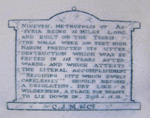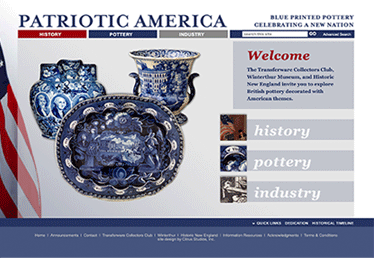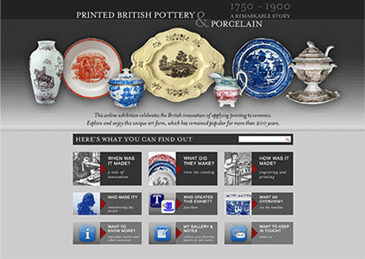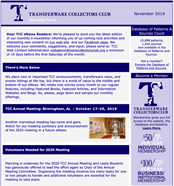


Number Twenty-Eight of an Ongoing Series by Dick Henrywood
Dick Henrywood
Looking back over the previous twenty-seven issues of this column, it seems that I have covered a fairly wide range of topics. If any members have a favourite they would like to see, please let me know. In the meantime, it is some time since I covered any of the biblical views of the Middle East, way back in No.1 with Mayer’s “Illustrations of the Bible” series, and No.15 with Elijah Jones’ “Palestine” series, and since these views always seem popular I thought I would offer a third, less common selection.
Biblical Cities series
An uncommon series of views of the Middle East made by C.J. Mason & Co. of Lane Delph in Staffordshire. The Mason firm is, of course, best known for its brightly coloured ironstone wares, but they did produce some good printed wares too. An early example, when the firm was G.M. & C.J. Mason, is the Beaded Frame Mark series of British Views, covered in detail in Number Two of The Transferware Recorder, but when the firm became C.J. Mason & Co. several series were made, one with views of Cambridge Colleges (scheduled for Number Three of The Recorder), another with “British Lakes”, a third depicting “Napoleon’s Battles”, and a fourth with views of Biblical towns and cities.
These Biblical views appear within a border of flower sprays framed by scrolling ribbon which is mounted with vases and interspersed with female figures (the same border used by Mason for the “Napoleon’s Battles” series). Each individual view is titled at the base of the print and a very detailed printed mark is used in the shape of a marble tablet containing a description of the city with the maker’s initials C.J.M. & Co. at the base. An alternative mark noted only on a teapot consists of a crown with “NEW STONE CHINA” curving above and the individual pattern title and maker’s initials beneath. The series is found on dinner wares printed in blue, brown, green, and pink or red. Black has also been mentioned, but I have not yet seen an example. There is also the teapot, mentioned above, indicating that other teawares might have been made.
At the time of writing only five views are recorded in the TCC database, so I am pleased to be able to add another three, making eight in all:
“Antioch in Syria”
Cup plate 3.5in
“Bairout” [sic] *
Sauce tureen
“Damascus”
Teapot 12in
Illustrations: Snyder 1/116 (teapot, mark)
The same view appears on a platter, thought to be titled “Mosque of Omar”.
“Hebron”
Plate 9in
“Laodicea”
Plate 7.75in
Illustrations: Williams & Weber 2/214-5 (plate, mark)
“Mosque of Omar” *
Platter 13.75in
Illustrations: Williams 5/87 (platter 13.75in)
The view actually depicts Damascus and is the same as on the teapot listed above. The actual title beneath the print on the platter is unclear.
“Mount Zion”
Plate 10.5in
“Nineveh”
Plate 6.75in
Stand (for sauce tureen) 9.75in
It can be seen from this list that illustrations are few and far between, so I show here one of the “new” views – “Mount Zion” on a blue dinner plate – and two typical marks, from plates showing “Hebron” (in pink) and “Nineveh” (in blue).
Possibly an obvious comment is that these records comprise only five plates of different sizes, one platter, a sauce tureen and stand, and the odd teapot. Where are all the other wares? There must be other platters, a vegetable dish and a soup tureen at the very least. We would be delighted to hear of any scenes not listed here, and particularly any items other than plates. Responses, as usual, should be sent to henrywoodshighlights@transferwarecollectorsclub.org.
|
(Click on images for a larger view.) |
||
 |
 |
 |
|
Figure 1. “Mount Zion” on a blue dinner plate |
Figure 2. Mark for “Hebron” from a pink dessert plate |
Figure 3. Mark for “Nineveh” from a blue tea plate |
Rich with content for ceramic collectors, researchers, authors, curators, and historic archaeologists, the sites are sure to deliver value for their visitors. The exhibition’s curators continue to enhance them and, now, with site application upgrades, including a new magnification feature and upgraded content management capabilities, the TCC and its collaborators are pleased to relaunch these exhibits, all free to a worldwide audience.

Branded Patriotic America, debuted in 2014 in collaboration with Historic New England, and the Winterthur Museum

Launched in 2015 in partnership with the Northern Ceramic Society.
 Not a member but want to receive email updates?
Not a member but want to receive email updates?